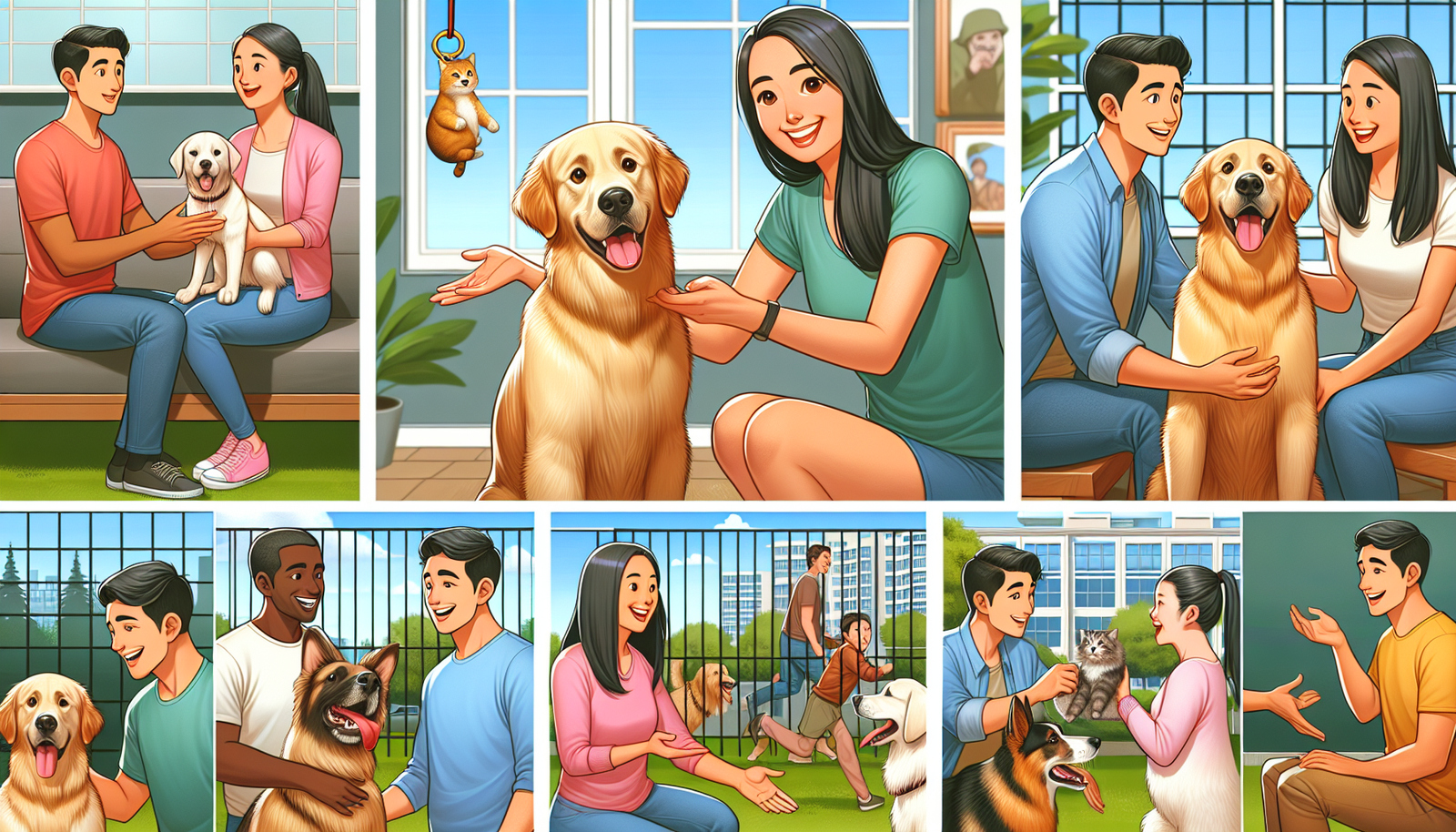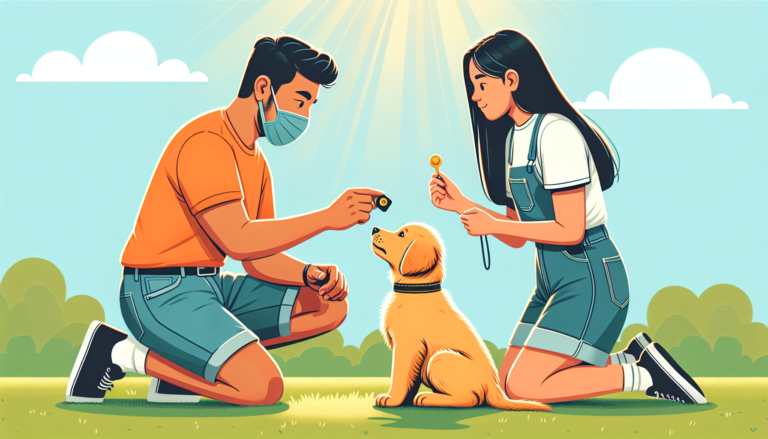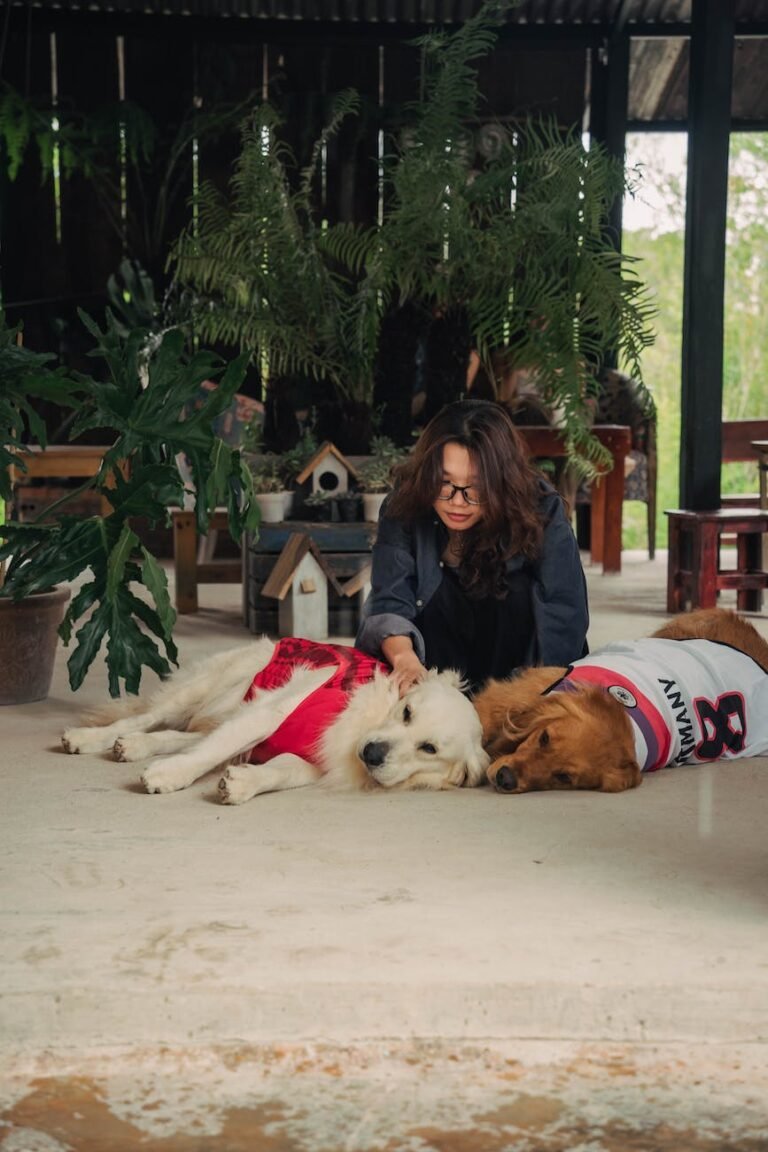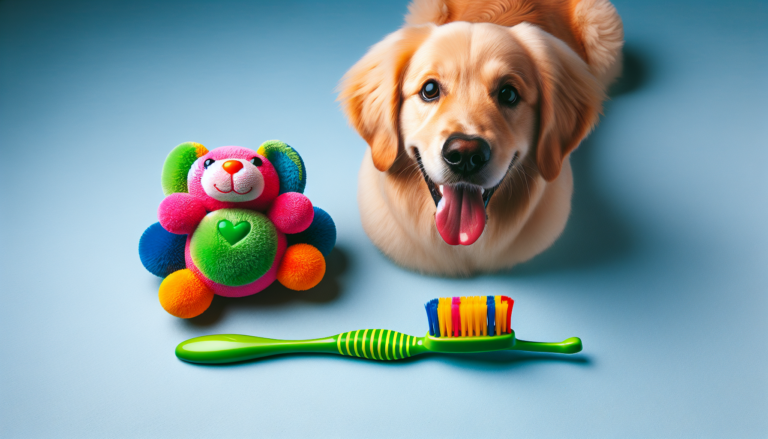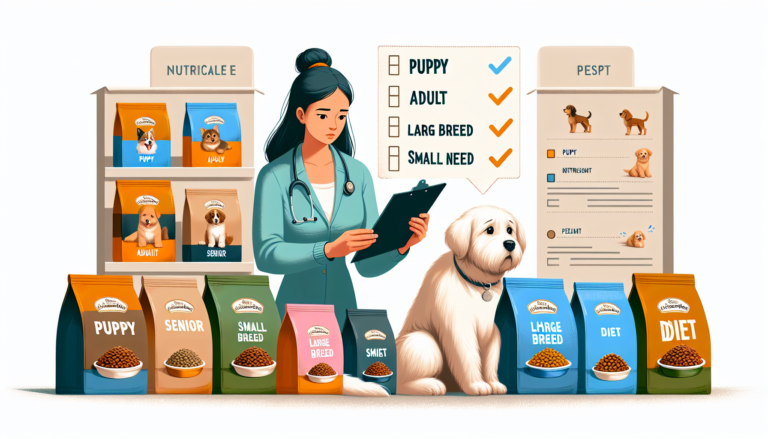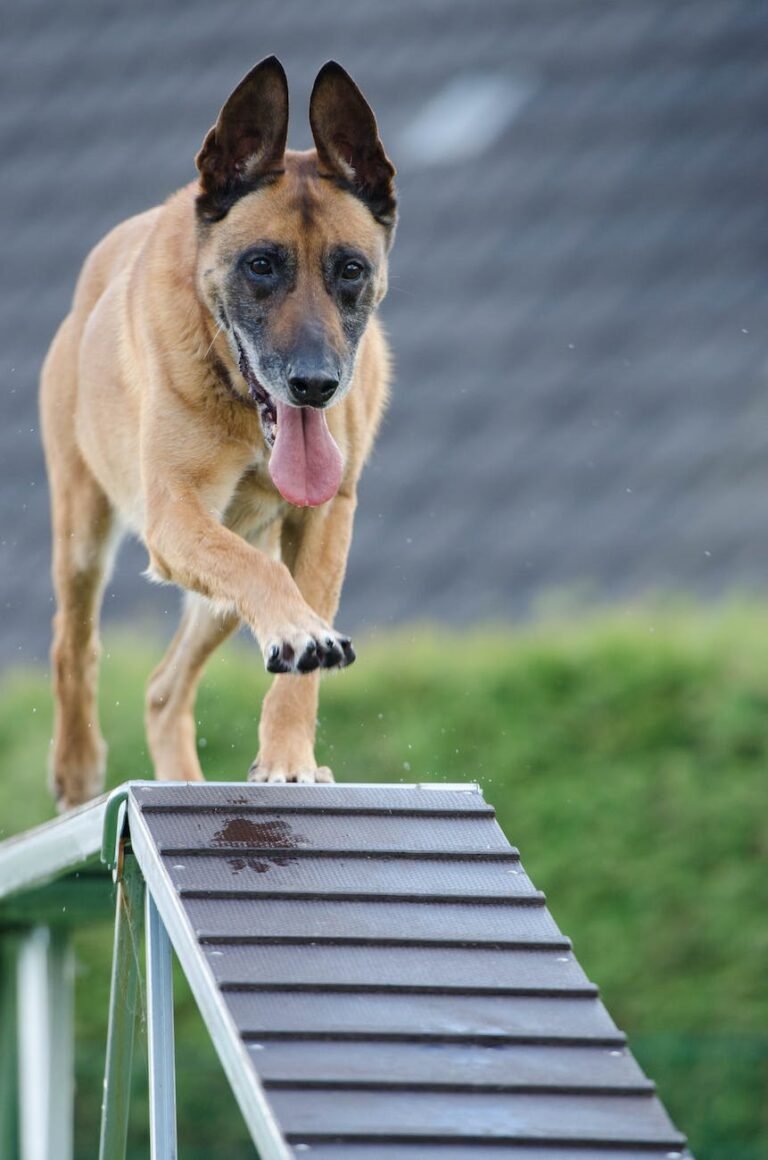How Do I Introduce My Dog To New People And Other Animals?
So you’ve got a new furry friend in your life and you’re eager for them to make connections with both humans and fellow animals. But the big question is, how do you go about introducing your dog to new people and other animals? Well, fear not, because in this article we’ll guide you through some tried and true tips and tricks to ensure smooth and successful introductions. From meeting new friends at the dog park to introducing your pup to strangers on walks, you’ll learn all the dos and don’ts to make these encounters a wagging success.

Understanding Your Dog’s Behavior
Understanding dog body language
To successfully introduce your dog to new people and other animals, it’s important to have a good understanding of your dog’s body language. Dogs communicate primarily through body language, which allows them to express their emotions, intentions, and state of mind. By observing their body language, you can better anticipate their reactions and ensure successful introductions. Some common indicators of a dog’s emotional state include tail position, ear position, body posture, and facial expressions.
Signs of aggression or fear
It’s crucial to be able to recognize signs of aggression or fear in your dog. Aggressive behavior can manifest in various ways, including growling, barking, snarling, snapping, or lunging. Fearful behavior may include cowering, trembling, hiding, or attempting to flee. If you notice any of these signs, it’s important to address them and seek professional help, as they can be indicative of underlying issues that require attention.
Recognizing signs of comfort and friendliness
On the other hand, understanding and recognizing signs of comfort and friendliness in your dog is equally important. Dogs that are at ease and open to interaction may have a relaxed body posture, a wagging tail, and a soft expression. They may also approach with a playful demeanor and engage in sniffing or gentle nudging. Being able to identify these positive cues can help you gauge the success of introductions and ensure a positive experience for all parties involved.
Preparing Your Dog for Socialization
Basic obedience training
Before introducing your dog to new people and other animals, it’s essential to establish fundamental obedience training. Teaching your dog basic commands such as sit, stay, come, and leave it will not only ensure their safety but also allow you to have better control in social situations. Obedience training helps your dog understand boundaries and expectations, making introductions smoother and safer.
Desensitization to new stimuli
Exposing your dog to new stimuli in a controlled and gradual manner is a crucial step in preparing them for socialization. This could include introducing them to different environments, sounds, sights, and smells. By desensitizing your dog to these stimuli, you can help prevent overwhelming reactions and build their tolerance for new experiences. Patiently and positively exposing your dog to various stimuli will help them develop confidence and adaptability.
Positive reinforcement
Using positive reinforcement techniques is key to preparing your dog for socialization. Rewarding desired behaviors, such as calmness and friendliness, with treats, praise, or playtime will encourage your dog to repeat those behaviors. Positive reinforcement creates a positive association with the socialization process and motivates your dog to engage in appropriate behaviors during introductions. Remember that patience, consistency, and positive reinforcement are essential in effectively preparing your dog for socialization.
Introducing Your Dog to New People
Start with calm and non-threatening individuals
When introducing your dog to new people, it’s crucial to start with individuals who are calm and non-threatening. This could be a family member, friend, or neighbor who understands proper behavior around dogs. Avoid introducing your dog to people who are overly excited, fearful, or have a negative history with dogs. Starting with calm individuals creates a positive and relaxed environment for your dog, increasing the likelihood of a successful introduction.
Use positive reinforcement
During the introduction process, use positive reinforcement to reward your dog’s calm and friendly behavior. Have tasty treats on hand and give them to your dog when they approach the new person calmly, sniff them, or show signs of comfort. Positive reinforcement not only reinforces positive behavior but also helps to build a positive association with meeting new people. Remember to praise and reward your dog promptly for their desired behavior.
Allow the dog to approach at their own pace
Each dog has a unique comfort level when it comes to meeting new people. Some may approach eagerly, while others may be more cautious or reserved. It’s crucial to respect your dog’s pace and allow them to approach new people at their own comfort level. Avoid forcing interactions or putting your dog in overwhelming situations. Gradually increasing the exposure to new people and giving your dog the freedom to approach when ready will help ensure positive experiences and successful socialization.
Introducing Your Dog to Other Dogs
Choose a neutral location
When introducing your dog to other dogs, it’s important to choose a neutral location. Selecting an area unfamiliar to both dogs helps prevent territorial behaviors and reduces the likelihood of conflicts. Neutral locations can include parks, open spaces, or a friend’s yard. By meeting on neutral ground, both dogs start on equal footing, increasing the chances of a successful introduction.
Allow both dogs to sniff each other
Sniffing is an important part of canine communication. It allows dogs to gather information about each other, establish familiarity, and reduce tension. When introducing your dog to another dog, allow them to engage in sniffing each other at their own pace. Avoid pulling on the leash or interrupting their interaction unless necessary. Sniffing helps dogs determine if they feel comfortable and allows them to establish a social connection without feeling threatened.
Observe body language and intervene when necessary
While dogs are social animals, not all interactions may go smoothly. It’s important to closely observe the body language of both dogs during the introduction. Signs of discomfort or tensions, such as raised hackles, growling, stiff posture, or prolonged staring, may indicate potential conflicts. If you notice these signs, calmly and confidently intervene by redirecting the dogs’ attention or creating distance between them. Safety should be the top priority, and if necessary, seek professional help to ensure the introduction process is handled properly.
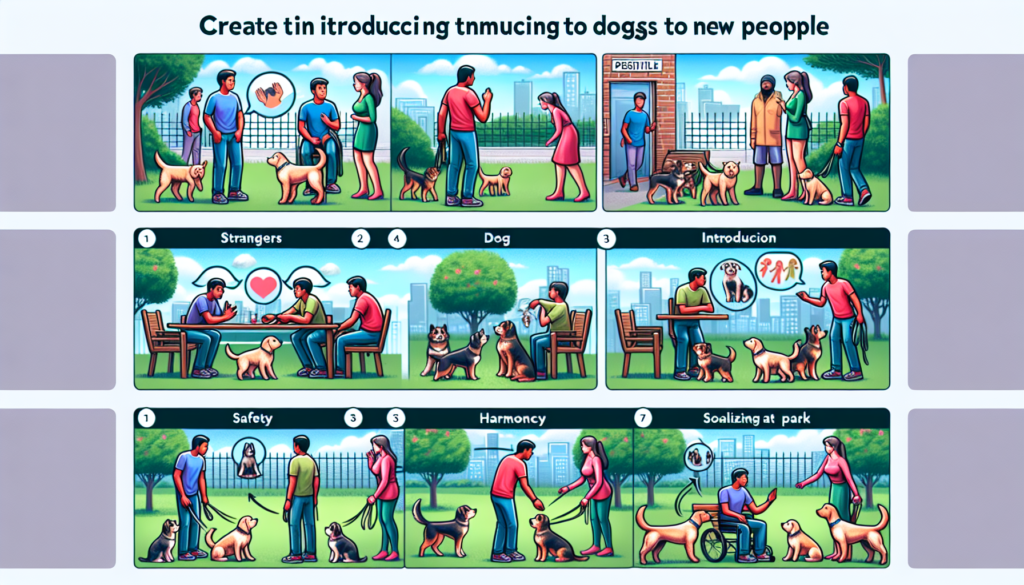
Introducing Your Dog to Cats and Other Animals
Separate the animals initially
When introducing your dog to cats or other animals, it’s crucial to keep them separated initially. This allows both animals to become familiar with each other’s scent without the added stress of direct interaction. Keep the new animal in a separate room or in a crate to ensure a controlled introduction. This initial separation helps to minimize potential conflicts and allows for a gradual and carefully managed introduction.
Use scent swapping and controlled exposure
To facilitate the introduction process, use scent swapping and controlled exposure techniques. Let your dog sniff objects (such as bedding or toys) belonging to the new animal, and vice versa. This helps familiarize both animals with each other’s scent, which can make them more comfortable during the initial face-to-face introduction. It’s important to proceed gradually and provide positive reinforcement for calm and friendly behavior during the scent swapping and controlled exposure process.
Supervise interactions closely
When it’s time for the face-to-face introduction, it’s crucial to supervise the interactions between your dog and the other animal closely. Keep both animals on a leash and ensure they are under control. Allow for short and supervised interactions, gradually increasing the duration as both animals become more comfortable. It’s important to intervene if either animal shows signs of stress, aggression, or fear. Remember, every animal’s comfort level and acceptance may vary, so be patient and allow for individual adjustment periods.
Dealing with Aggression or Fear
Avoid punitive measures
If your dog displays aggression or fear during introductions, it’s important to avoid punitive measures. Using punishment or harsh corrections can escalate the situation and worsen your dog’s fear or aggression. Instead, focus on positive reinforcement and reward-based training methods. Seek professional help from a certified dog trainer or behaviorist who can assess the underlying causes of your dog’s behavior and provide appropriate guidance and training techniques.
Seek professional help if necessary
If you are encountering significant challenges with your dog’s aggression or fear during introductions, it’s essential to seek professional help. A certified dog trainer or behaviorist can assess your dog’s behavior, identify any underlying issues, and provide a tailored training plan to address the specific problems your dog is facing. Professional guidance will give you the knowledge and tools to manage and modify your dog’s behavior effectively.
Address underlying issues
Aggression or fear during introductions can be a symptom of underlying issues, such as anxiety, past traumas, or lack of proper socialization. It’s important to address these underlying issues to help your dog feel more comfortable and confident in social situations. This may involve implementing behavior modification techniques, gradual desensitization, or counter-conditioning exercises. By addressing the root causes, you can work towards creating positive and successful introductions for your dog.
Safety Tips for Introductions
Use a secure leash and harness
Using a secure leash and harness is essential during introductions. This ensures you have control over your dog’s movements and prevents unexpected behaviors or escapes. Opt for a leash and harness that is appropriate for your dog’s size and strength, and ensure it fits properly. A securely attached leash and harness provide safety and allow you to manage the introductions with confidence.
Avoid overcrowded areas
When introducing your dog to new people or animals, it’s advisable to avoid overcrowded areas. Overcrowded environments can overwhelm your dog and increase the chances of negative or unpredictable behavior. Opt for quieter locations with enough space for comfortable interactions. By choosing less crowded areas, you create a calmer and more controlled environment for successful introductions.
Know your dog’s limits
Every dog has its limits when it comes to socialization. It’s important to know and respect your dog’s comfort level and tolerance for interactions. Pushing your dog beyond their limits can cause stress, fear, or aggression. Pay attention to your dog’s body language, and if they show signs of discomfort or stress, create distance and provide a safe space for them. Understanding your dog’s limits and adjusting the introductions accordingly will help prevent any negative experiences.
Common Mistakes to Avoid
Rushing the introduction process
One common mistake to avoid is rushing the introduction process. Introductions should be a gradual and carefully managed process to ensure the comfort and safety of all involved. Rushing the process can increase the likelihood of negative or stressful experiences for your dog. Take the time to properly prepare your dog, and proceed at their pace, allowing for individual adjustment periods.
Neglecting training and socialization
Neglecting the importance of training and socialization can hinder successful introductions. Adequate training helps establish boundaries, obedience, and control, while socialization provides your dog with the necessary exposure to different people, animals, and environments. Regular training and socialization sessions help your dog develop confidence, adaptability, and appropriate behaviors, setting the foundation for positive interactions during introductions.
Ignoring warning signs
Ignoring warning signs during introductions can lead to potentially dangerous situations. It’s crucial to pay attention to your dog’s body language and respond to any signs of discomfort, fear, or aggression. Ignoring warning signs can result in conflicts, injuries, or escalated stress levels. Taking immediate action and addressing any warning signs will help prevent negative experiences and ensure the safety of everyone involved.
Conclusion
Introducing your dog to new people and other animals can be an exciting and enriching experience for both you and your furry friend. By understanding your dog’s behavior, preparing them for socialization, and following the appropriate introduction protocols, you can increase the chances of successful and positive interactions. Remember to prioritize your dog’s comfort and safety throughout the process, and never hesitate to seek professional help if needed. With patience, consistency, and a friendly approach, you can help your dog navigate social situations with confidence and ease.

